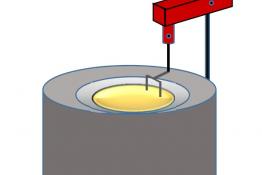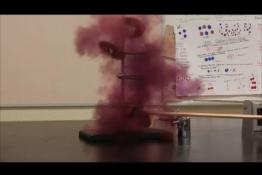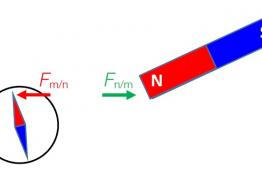Optimal learning in schools theoretical evidence: Part 2 Updating Piaget
Issue 364 | Page 77 | Published Mar 2017
Description
Part 1 in this four-part series of articles discussed Piaget's theories of learning and development (Crossland, 2016). Part 2 explores how post-Piagetian researchers have addressed criticisms of Piaget's theories by linking recent evidence including that from neuroscience. The outcomes show that good teachers make a difference by implementing classroom-based optimal learning strategies. This new evidence brings Piaget's theories into the 21st century and leads to a clearer definition of optimal learning in the classroom.
More from this issue
This overview is intended to help colleagues achieve successful and satisfying observations using a ripple tank. There are many observations to...
Activation energies form an energy barrier to a chemical reaction taking place. Simple collision theory, i.e. that particles need to collide to...
Using a conventional notation for representing forces on diagrams, students were presented with questions on the interaction between two objects....




